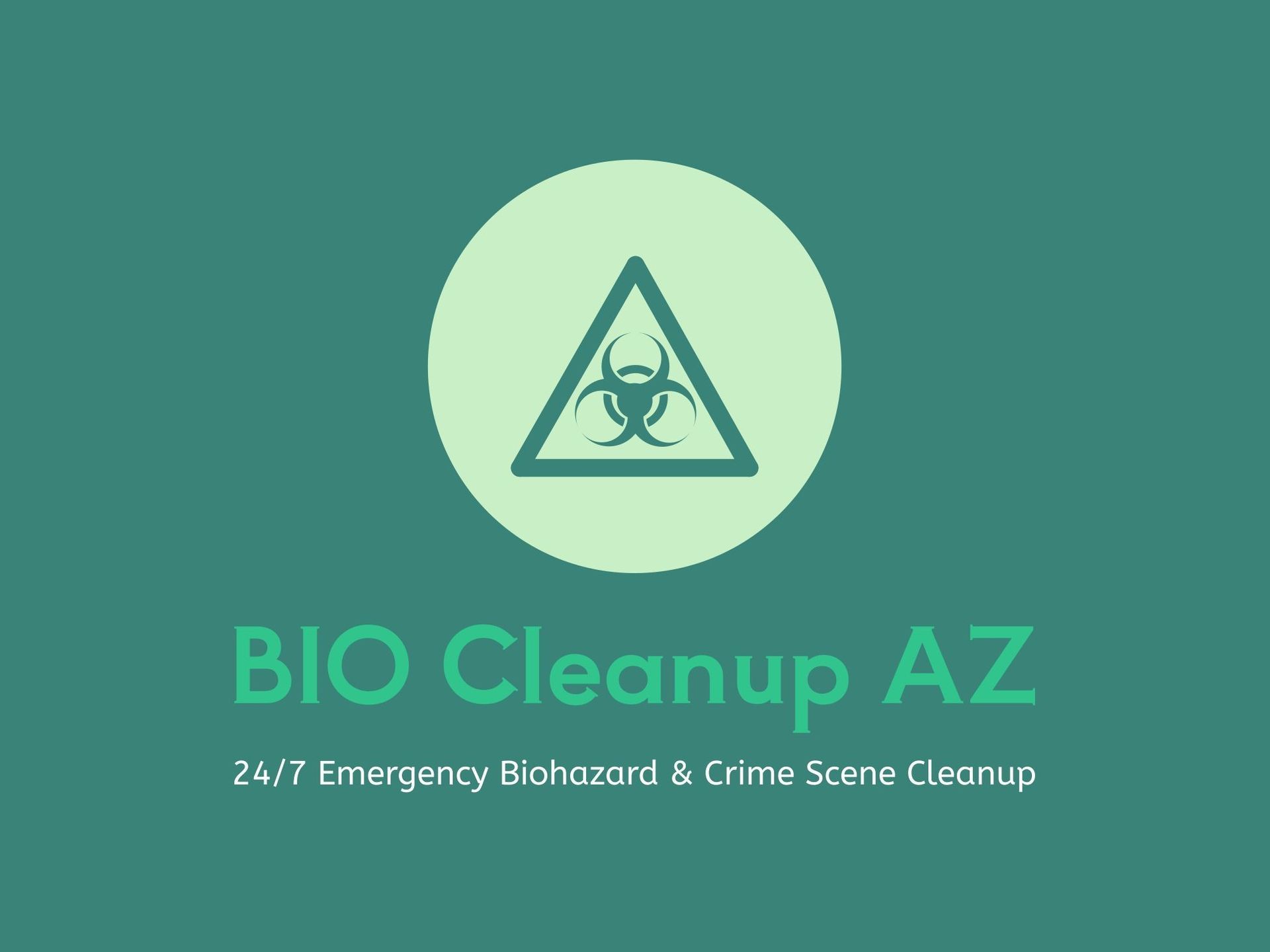Biohazard News Blog


"BIO CLEANUP AZ WAS THERE TO CLEAN AND DISINFECT MY HOME AFTER LOSING A LOVED ONE. THEY WERE PROFESSIONAL AND COMPASSIONATE. I RECOMMEND THEM TO ANYONE WHO NEEDS THIS KIND OF SERVICE."
ABBEY LAWSON - TEMPE, AZ

BIO Cleanup AZ
4433 N 19th Ave #202, Phoenix, AZ 85015
(623) 292-7620
Emergency Hours: Nights and Weekends
Disclaimer: Rebate is subject to customer having homeowners (property) insurance at the time of the claim. Rebate is limited at $500.
Unless otherwise noted, each use of "BIO Cleanup AZ," “us,” “we,” or “our” throughout biocleanupaz.com collectively refers the BIO Cleanup AZ brand which is made up exclusively of independently owned and operated marketing partnership locations. Your information is safe and will be sent directly to the local company who can help you with this service(s).
All Rights Reserved | BIO CLEANUP AZ
Hi! I'm your virtual AI assistant for BIO Cleanup AZ. Click below for a summary of this page.
Please do not share sensitive information.